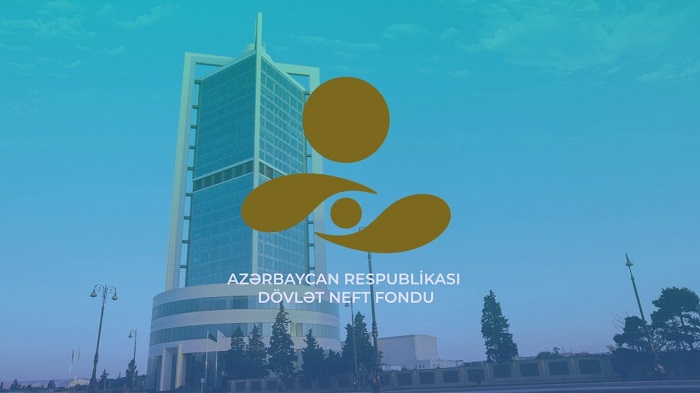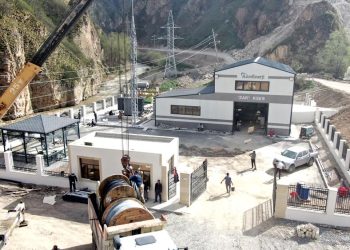Iranian president has kicked off his first trip to EU in post-sanctions era, signing above $18 billion contracts with Italy. He is also expected to ink several multi-billion dollar contracts in France.
 President Hassan Rouhani arrived in France on Jan. 27, just after visiting Rome.
President Hassan Rouhani arrived in France on Jan. 27, just after visiting Rome.
After the West imposed tighter sanctions on Iran in 2012, the Islamic Republic’s GDP fell from above $590 billion in 2011 to about $425 billion in 2014, according to the World Bank (WB).
The country’s GDP growth is estimated to reach 0.5 percent in 2015, while real GDP growth is projected to accelerate to 4–5.5 percent in 2016/17 and to average 4 percent throughout the medium term, International Monetary Fund (IMF) estimated.
WB’s estimations are more optimistic than that of IMF’s, however, coming to investment issue, this body too is very cautious.
According to WB, foreign direct investment (FDI) may increase to about $3 billion a year. This is much lower than what Iran expects.
Iran plans to reach eight percent GDP growth annually in the Sixth Development Plan (2016-2021) and Minister of Economic Affairs and Finance Ali Tayebnia announced earlier that some $233 billion, including $90 billion foreign investment is needed per year to reach an eight-percent GDP growth.
According to the United Nations Conference on Trade and Development (UNCTAD), Iran’s annual inward FDI was $2.408 billion in average during 2005-2007, while this figure for 2011-2014 was $3.523 billion.
Iran’s total FDI inward from 1995 to 2011 was a little more than $33 billion, according to the UNCTAD.
About $400 billion needed in energy sector only
As for Iran’s announced investment opportunities, at least $500 billion investment is needed to use them in five to 10 years.
Mohammad Mirzaei, the head of equipment and housing sector at Fuel Conservation Organization, affiliated with Iran’s oil ministry, told Trend Sep. 16 that Iran needs a $200 billion investment in total to halve energy intensity by 2021.
Iranian officials have warned that without halving energy intensity, the oil-rich country may become net energy importer in mid-term.
On the other hand, Iran unveiled a new designed oil and gas contract in November, called Iran Petroleum Contract, offering 50 oil and gas fields to foreigners. Iran is expected to absorb $70 billion investment in these fields.
The country also plans to attract $70 billion investment in petrochemical projects to triple the output to 180 million tons per year in 2025.
Iran’s oil ministry put the needed investment in both upstream and downstream oil and gas sector at $185 billion in mid-term.
Meanwhile, Iran’s Energy Minister Hamid Chitchian said on Jan. 26 that completion of unfinished projects in the water and electricity sector needs about $53 billion of assets, including $30 billion FDI.
The country also has planned to double automobile production level to three million vehicles, to import more than 120 passenger planes and other major projects attracting foreign companies and funds.
The main part of the needed investment should be put by foreigners in Iran, because the country suffers financially due to low oil price, which is expected to continue in mid-term.
Iran reportedly has about $55 billion unblocked assets abroad, which can help the country finance the projects in the upcoming two years.
Meanwhile, it may take one or two years for foreign companies to decide to start investing in major projects in Iran.
Dalga Khatinoglu is an expert on Iran’s energy sector and head of Trend Agency’s Iran news service











